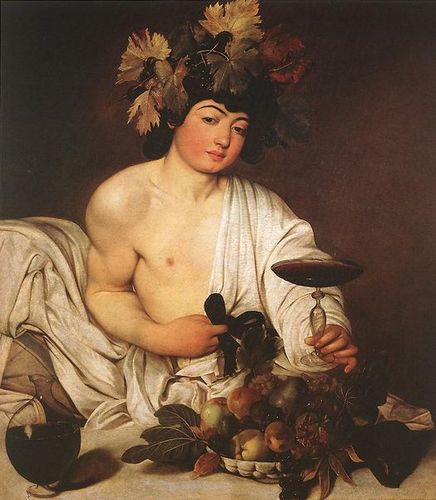Dear friends from India,
We are Peter, Helen and Anthoula!
First of all, we would like to thank you for your flattering comments that you send us through our teacher.
Your work is very impressive and you worth congratulations! The information you have sent us through PowerPoint is very interesting. While we were reading it, we wanted to come and visit your beautiful city. You refer that Chunnambar has a Water Sports Centre in which the visitors can have a boating experience.

Here in Greece we have many rivers and boating is very popular. This is the reason why we would like to visit your Water Sports Centre.
We are Peter, Helen and Anthoula!
First of all, we would like to thank you for your flattering comments that you send us through our teacher.
Your work is very impressive and you worth congratulations! The information you have sent us through PowerPoint is very interesting. While we were reading it, we wanted to come and visit your beautiful city. You refer that Chunnambar has a Water Sports Centre in which the visitors can have a boating experience.

Here in Greece we have many rivers and boating is very popular. This is the reason why we would like to visit your Water Sports Centre.

Goodbye and we are looking forward to seeing your comments too!!















